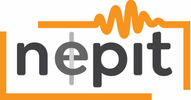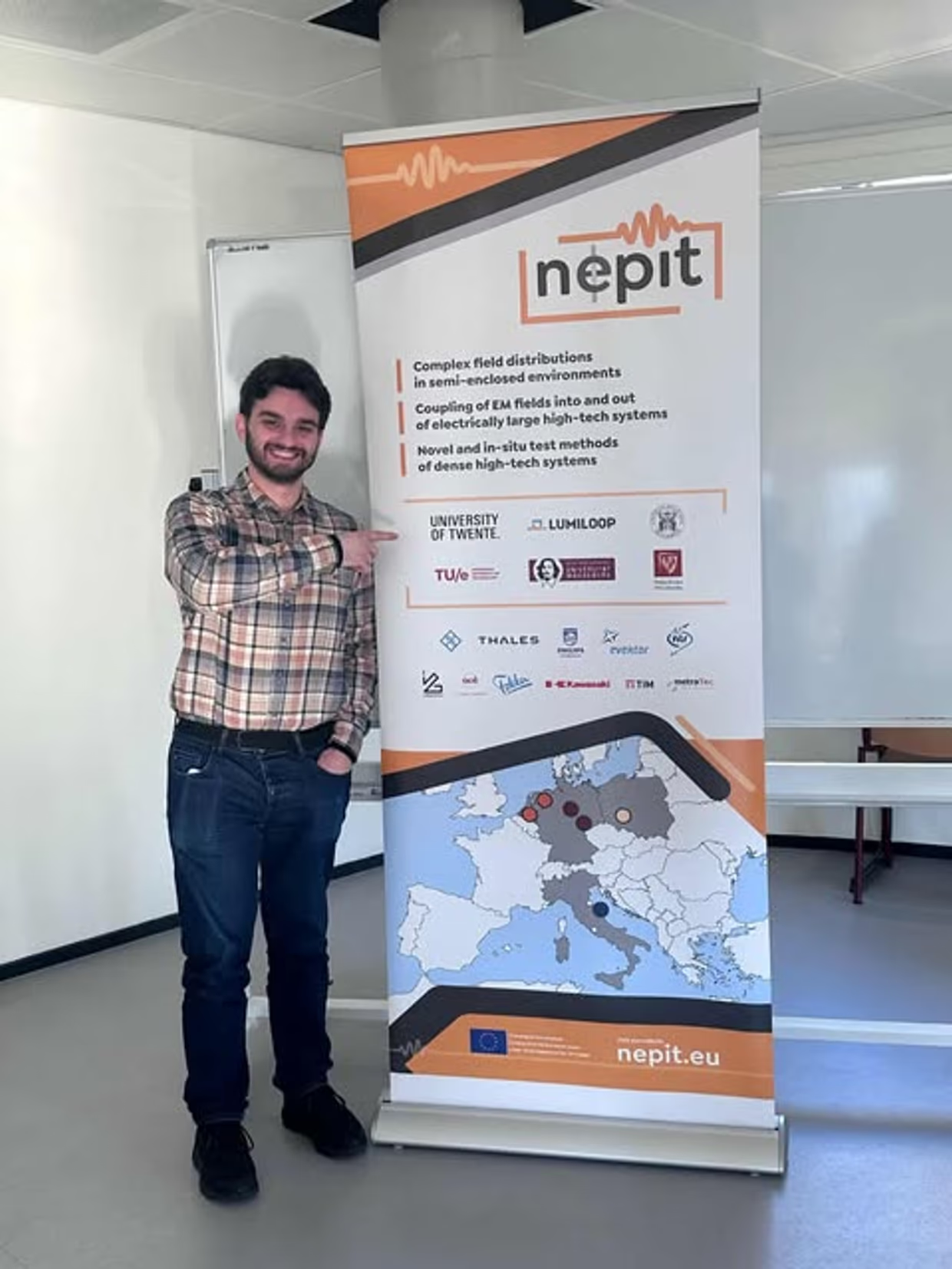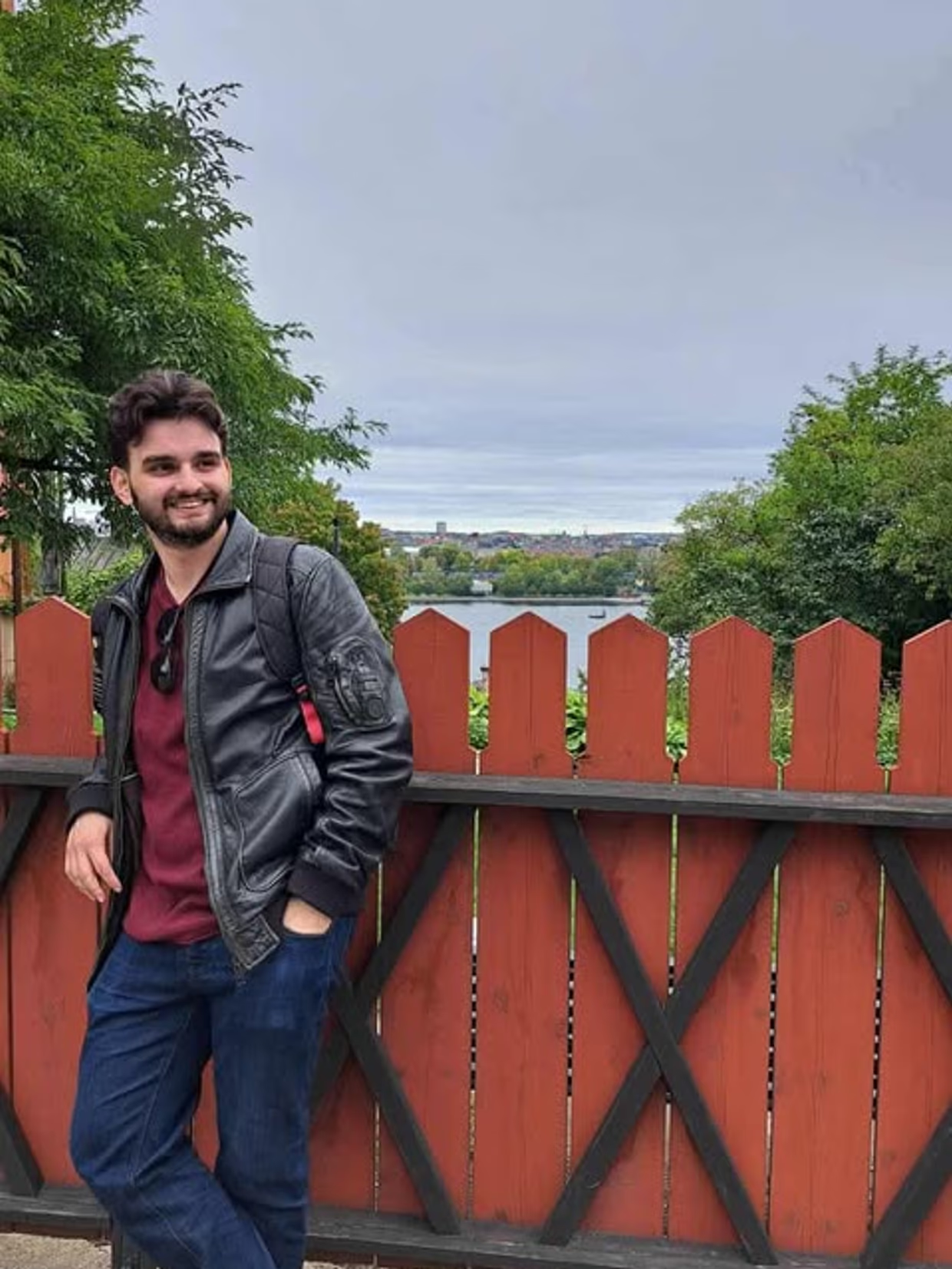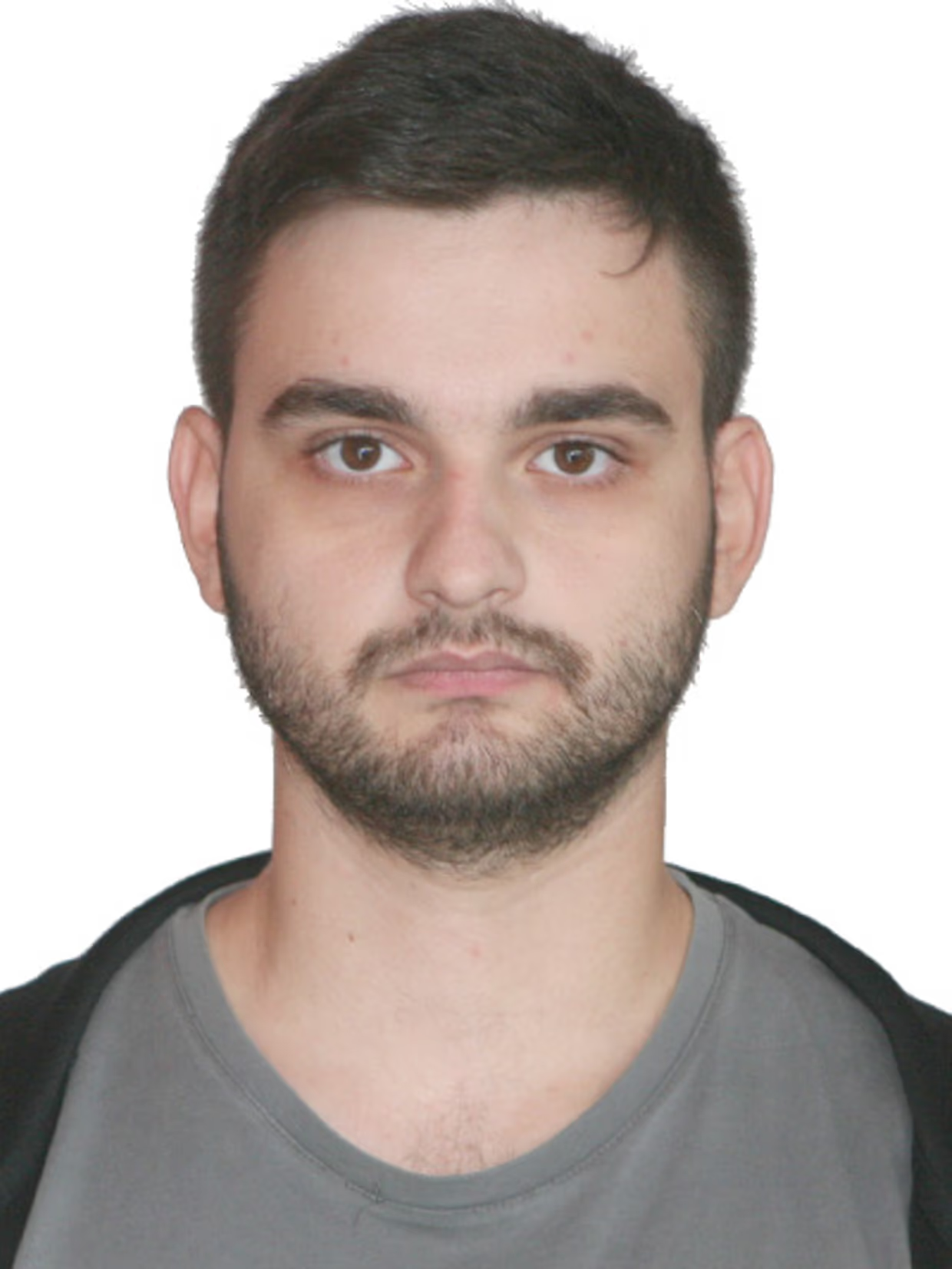Research Topic: Effective aperture of openings of systems in reverberant environments
Background:
I have an academic background in Electrical and Computer Engineering and Physics from the National Technical University of Athens where I focused on telecommunication systems. Before joining NEPIT, I worked as a software engineer assigned on multiple EU funded research projects.
How did you become a part of NEPIT?
When I came across the NEPIT project, its interdisciplinary focus and academic-industry collaboration immediately appealed to me. The research topic aligned with my background and I saw it as an opportunity to contribute to cutting-edge work while I continue to grow as a researcher.
What is NEPIT according to you?
To me, NEPIT is a collaborative research network focused on ensuring that modern electronic and communication systems can operate reliably and safely in increasingly complex electromagnetic environments. As our world becomes more connected — from smart homes to autonomous vehicles to medical devices — electromagnetic compatibility is critical. By improving how we design, test, and regulate these systems, NEPIT helps reduce malfunctions, enhance safety, and support the development of more efficient technologies.
Role in NEPIT?
As a doctoral researcher within NEPIT, my role is to investigate how electromagnetic waves interact with complex systems, particularly through openings like slots or apertures in enclosures. My project focuses on understanding and modeling the effective aperture of such systems in reverberant environments—settings where electromagnetic fields reflect and interfere, creating challenging conditions for system performance. The motivation behind my research is to improve the reliability of electronic systems used in real-world scenarios such as vehicles, aircraft, or industrial settings, where electromagnetic noise is unavoidable.
Plans for immediate and distant future?
In the immediate future, my goal is to complete my PhD research within NEPIT, contribute to high-quality publications, and engage actively with both academic and industrial partners in the network. I’m also looking forward to participating in the training events and secondments that will broaden my expertise. In the longer term, I aim to continue working at the intersection of research and practical application—either in academia or industry.




